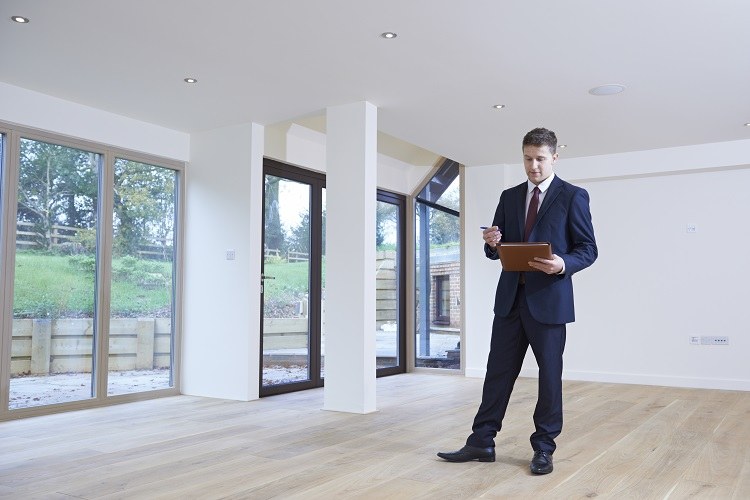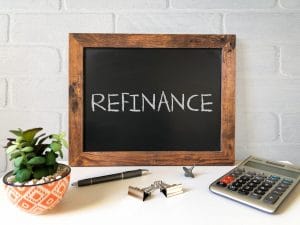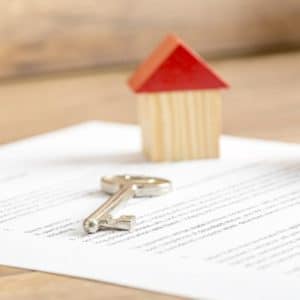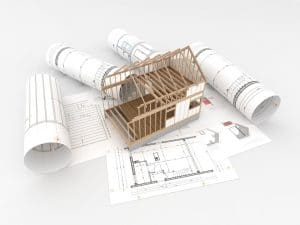Property stakeholders often feel a little nervous about a bank valuer visiting.
Valuers show up, poke around and then send a verdict to the lender about whether the price paid, or estimate made, ‘stacks up to market’.
It can feel like there’s bad news pending, particularly in a softer property price cycle – but the discomfort is mostly fuelled by a fear of the unknown.
What exactly are they doing in there? What is it they’re looking for? Is there anything you can do to lift your chances of a positive outcome?
Well, I’m here to tell you that in many ways, your concerns are unwarranted. There is a science to valuation that can help you understand the process.
What do property valuers do?
A property valuer is very different from a real estate agent, although they will look at similar things.

A real estate agent tells you what he thinks the market will pay for a property, often advising on ways you can maximise the outcome and boost the end result.
A valuer is, similarly, giving an assessment of what the property should achieve on the market, but theirs is not from the perspective of a marketer. A valuer’s take is all about market value based on evidence and assuming the holding is sold ‘as is’ on the date they inspect it.
Those two approaches can bring very different results.
Property valuers are highly trained and expertly qualified. And they’re independent. They work for a number of people, from governments to property developers, but a big part of their business is from banks.
Banks employ valuers to help them determine if the property is adequate security for a loan. If you’re buying a holding, they will have reference to the contract price. But if you’re using a property you already own as security for your finance, then it takes additional skill to lock down a current market value.
What do property valuers look at?
There are two main methods that residential property valuers employ when determining what a place is worth.

The first, and primary approach, is called the direct comparison method. This involves the analysis of recent sales of comparable properties in the local area over the past six or so months, and seeing how those sales compare to your property. By using sales evidence in close proximity to your home, the valuer is able to account for the way buyers view important locational factors as well.
The second is known as the summation method. This is where they sum together the added value of the land and its improvements, including the house and other ancillaries like a pool or landscaping. It requires such skills as allowing for depreciation due to wear and tear or economic factors, a working knowledge of construction costs and ability to assess overcapitalisation.
Land facets
When assessing the value of the land in a given location, it’s about much more than size. A valuer will look at shape, dimensions and topography too. They’ll also look at position, aspect, and views. They are taking in where the sun falls on the dwelling and yard. They’re considering access and exposure to noise and other factors.
All of these things impact the value of the land.
A derelict old house on a waterfront block will still fetch pretty penny, whereas a mansion on gullied block with a sharply slope might be a bit tougher to sell than you’d imagine.
Inside matters too
Land value is certainly the launch pad for value, but improvements are where things rocket.

With the house, property valuers look at the floor space of a dwelling, and how it’s utilised through great design. While bigger square metres do tend to justify a higher figure, smaller homes that are sympathetic to making the most of what they offer their residents will be rewarded with a higher value. After all, a rabbit warren of a floorplan will see some dollars shaved off compared to a really well-thought-out flow.
The number of bedroom and bathrooms matter too. If a four-bedroom home has only one bathroom, this will affect the value.
And of course, the condition of the bathroom is important. If it’s old, dated or falling apart, that will cost you.
Similarly, the kitchen is critical. It’s the heart of a home, so its size, condition and inclusions are all taken into consideration.
In fact, the quality of fixtures, fittings and features throughout a home – and how they relate to each other and maximise liveability – is a critical consideration in value.

Other things that valuers will look at is car accommodation. If there’s secure off-street parking, preferably in a lock-up garage, then that’s a big tick. Even a driveway space is better than nothing.
And of course, any other improvement to the site will generally add value – from a swimming pool to a tennis court or granny flat… even down to fencing, landscaping and driveway.
The valuer is also considering what may or may not be an overcapitalisation in a particular area. Are pools the norm? Are buyers willing to pay substantially more for one in this suburb? The valuer will consider this in their assessment.
The neighbourhoods
Valuers don’t just look at the land and dwelling that the bank is lending for. They also consider elements beyond the boundaries. They’re looking at what types of properties are neighbouring and how these might impact value.
They will also assess the value impact of the area you’re in. They will look at the proximity to schools and lovely parks that families consider important. They’ll look at lifestyle amenities and public transport aspect. Shopping centres, retail strips, hospital facilities and employment hubs also play a part.
Any planned or in-progress infrastructure could also contribute to the value of the dwelling.
Can you influence value
Setting aside the idea of major renovation, are there things you can quickly do to help a valuer reach your estimate of value?
Firstly – presentation helps, so if you have a valuer arriving, mow the yard, clean the house and remove any out-of-place items. This can lead a valuer to think – even subliminally – that this is a well-maintained home where the owners take pride. Valuers are independent and specially trained, but even so, if it looks like a hoarder’s den when they arrive, it could be hard for them to see through all the junk to get a clear picture of what the property is worth.
Secondly, complete those uncompleted tasks. Don’t have a valuer arrive when just half the garage walls are painted, or a vanity has been removed and you’re waiting for a replacement. The valuer is compelled, by lender guidelines, to value ‘as is’ on the day. If the house is incomplete, they have to report it to the lender.
Finally, put together a folder of supporting, relevant sales evidence that aligns with your estimate. Ask local agents for recent sales, particularly in a rising market, and provide these to the valuer.
Understanding the valuation process helps put your mind at ease, and allows you to adopt a plan for best possible outcome.
The information provided in this article is general in nature and does not constitute personal financial advice. The information has been prepared without taking into account your personal objectives, financial situation or needs. Before acting on any information you should consider the appropriateness of the information with regard to your objectives, financial situation and needs.- Timing the Market vs. Time in the Market - July 15, 2024
- On Market vs. Off Market Listings: What’s The Difference - June 17, 2024
- Impact of Victoria’s Land Tax Hike on Property Investors - June 3, 2024










